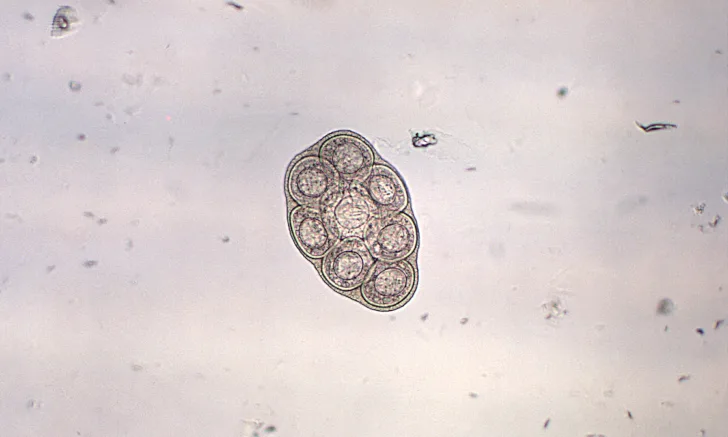
In the Literature
Rousseau J, Castro A, Novo T, Maia C. Dipylidium caninum in the twenty-first century: epidemiological studies and reported cases in companion animals and humans. Parasit Vectors. 2022;15(1):131. doi:10.1186/s13071-022-05243-5
The Research …
Cats, dogs, and humans serve as definitive hosts of Dipylidium caninum following ingestion of an infected arthropod (typically, fleas); however, human cases are uncommon. In cats and dogs, ingestion often occurs via grooming or consumption of prey carrying infected fleas.
This review examined 161 epidemiologic studies and case reports of D caninum infections in cats, dogs, and humans published between 2000 and 2021.
Prevalence data (United States, 0.29%-49.5%; global, 0%-83.3%) was highly variable. Although cats are more likely to ingest fleas during grooming, prevalence was lower in cats compared with dogs in most studies. Dogs and cats living in urban areas had lower prevalence (0.7%-5.7%) compared with those in nonurban areas (1.3%-13.1%), possibly due to differences in environmental conditions and flea control efforts. Stray and shelter animals had higher rates of infection compared with owned animals.
Infected cats and dogs were often subclinical. The most common sign was anal pruritis characterized by dragging the perianal region across the ground (ie, scooting). Diarrhea, weight loss, and poor hair coat were also reported, but these signs are difficult to attribute to D caninum because of coinfection with other intestinal parasites.
Thirty-five confirmed cases of zoonotic human infection were documented, mostly in children ≤2 years of age, in which proglottids are readily seen by caregivers during diaper changes and bathing. Children are believed to be at higher risk due to poor hand and food hygiene and increased time playing on the ground. Infections are more likely to be unrecognized in adults who do not see the proglottids or mistake proglottids for vegetable material. Commonly reported clinical signs included anal itching, diarrhea, abdominal pain, and bloating. These signs are similar to those of pinworm infections, and patients may initially be misdiagnosed and administered ineffective treatment.
Observation of proglottids is the most common method of detecting infections. Fecal diagnostics (eg, smear, float, sedimentation) are simple and inexpensive, but absence of proglottids or egg packets does not rule out infection. Antibody testing is available but cannot distinguish between past and current infections. Multiplex PCR tests through commercial laboratories have good sensitivity and specificity and are recommended when D caninum is suspected but undetected on other diagnostics.
Praziquantel is the preferred treatment in both animals and humans. In most cases, a single dose is effective, but reinfection can occur if exposure is not controlled. Effective flea control is essential for management, and pet owners should prevent pets from hunting if possible. Owners should be instructed to monitor for resolution of proglottids and clinical signs because drug resistance is possible. Indiscriminate use of praziquantel should be avoided, and care should be taken to distinguish reinfection from drug resistance in cases that appear refractory to treatment.
… The Takeaways
Key pearls to put into practice:
Risk for D caninum is increased when fleas or ingestion of prey species is noted. Diagnostics or empiric treatment is warranted if infection is suspected.
Common fecal diagnostics (eg, smear, float) may fail to identify current infections; molecular antigen tests are more sensitive.
Owners, especially those with young children or pets with high risk for exposure, should be counseled on how to recognize and prevent zoonotic transmission.
You are reading 2-Minute Takeaways, a research summary resource presented by Clinician’s Brief. Clinician’s Brief does not conduct primary research.